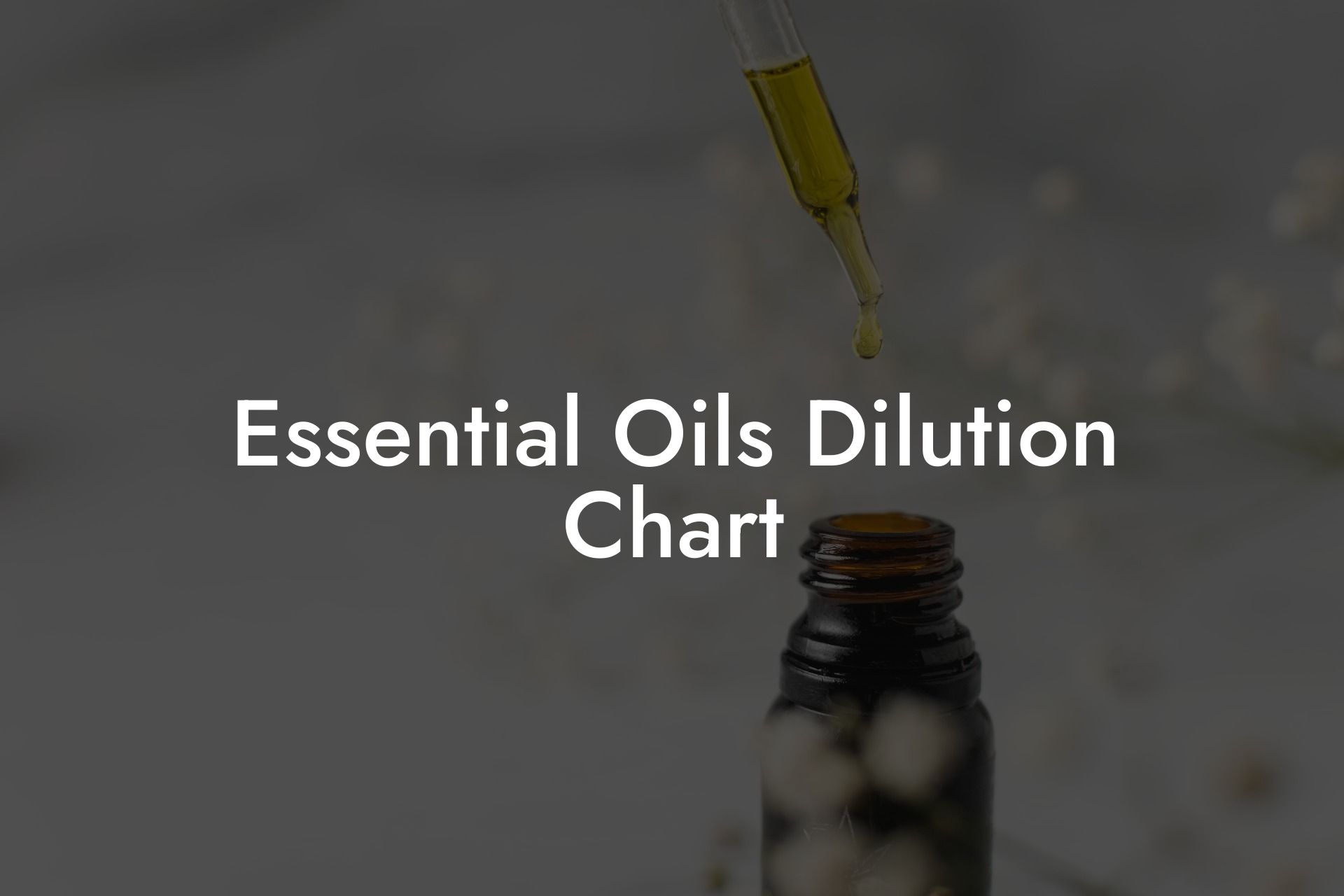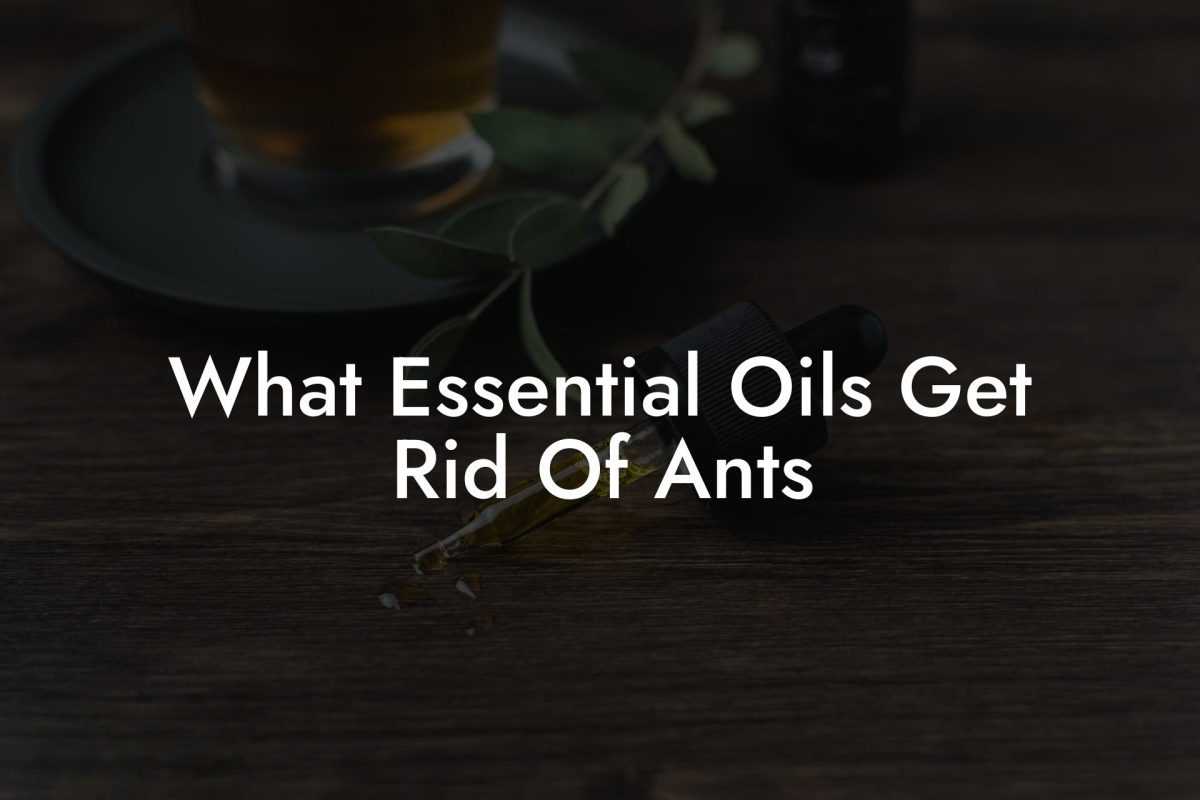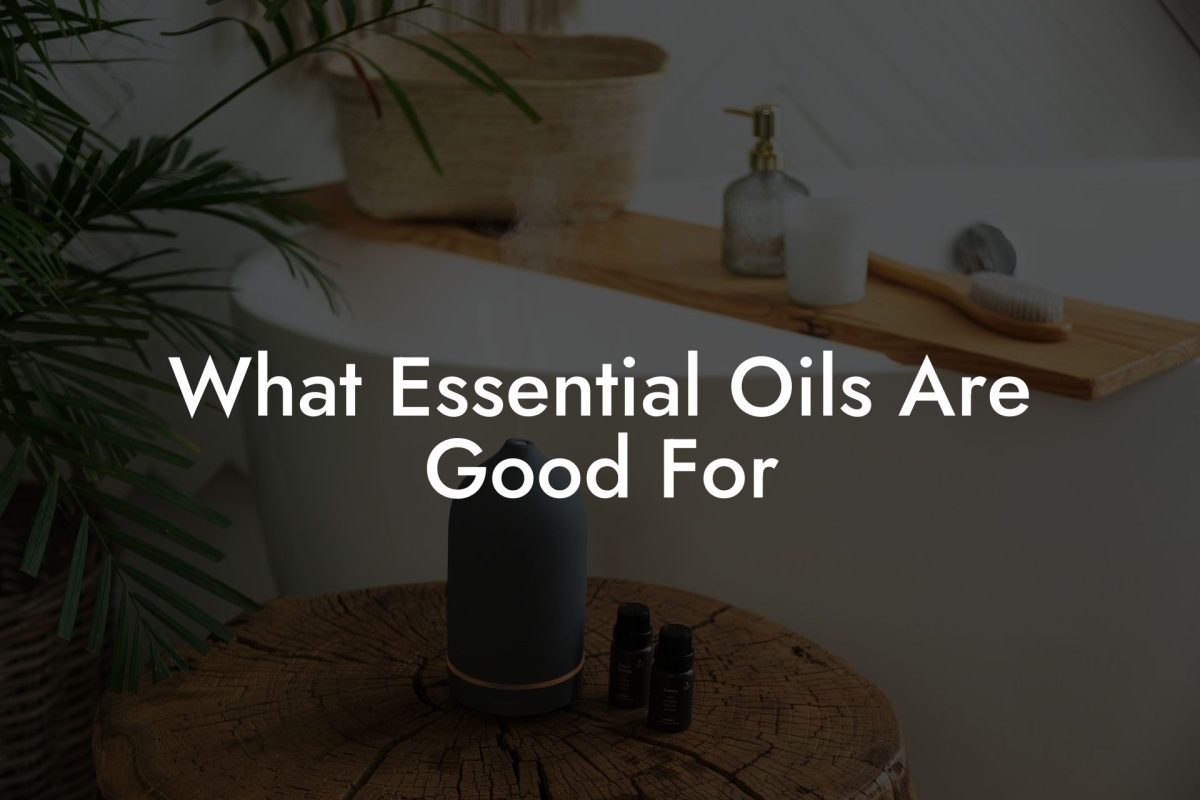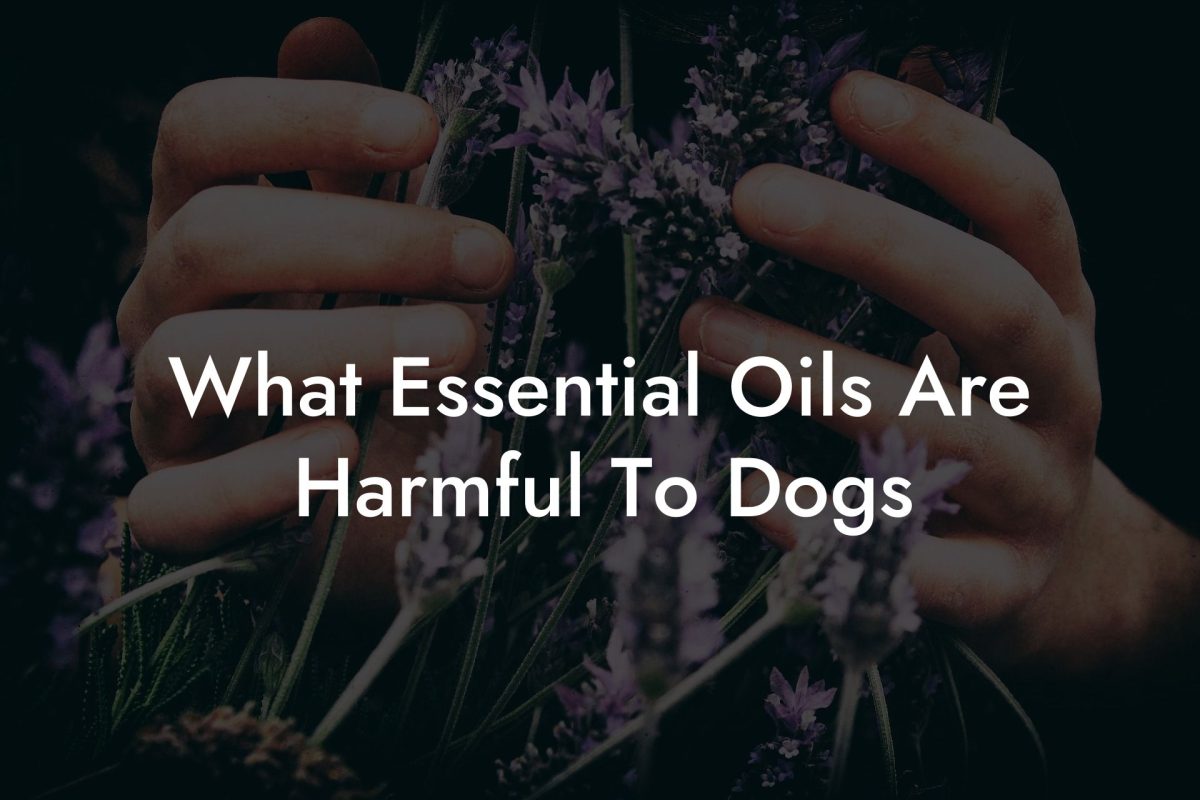Aromatherapy enthusiasts, welcome to the world of essential oils! If you’re ready to dive into the magnificent benefits of essential oils in your daily life, understanding the proper techniques for diluting these potent plant extracts is crucial. In this informative guide, we will walk you through the essential oils dilution chart – your key to unlocking the full potential of aromacology. With this knowledge, you’ll be well-equipped to safely and effectively use essential oils to bring balance and well-being into your life. So, let’s get started!
Table of Contents
Why is Dilution Important?
When it comes to essential oils, a little goes a long way. Due to their highly concentrated nature, undiluted essential oils can cause skin irritation, allergic reactions, and other adverse effects. Diluting the oils ensures a safe and comfortable experience while also making your oils last longer.
The Role of Carrier Oils
A carrier oil is a neutral, base oil that is mixed with essential oils to create the perfect blend for safe topical application. They help in diluting essential oils and carry the therapeutic properties of the oil onto your skin. Popular carrier oils include jojoba oil, coconut oil, sweet almond oil, and grapeseed oil.
Choosing the Right Carrier Oil
When selecting a carrier oil, consider the following factors:
- Skin type
- Allergies or sensitivities
- Specific therapeutic properties
- Shelf life
Each carrier oil brings its unique benefits, so experiment and find the one that works best for you.
Essential Oils Dilution Chart
The primary rule of thumb when diluting essential oils is to never exceed a 5% dilution. For most applications and to ensure safety, a 1%-2% dilution is recommended. To help you master the art of dilution, refer to the following essential oils dilution chart:
Adult Dilution:
- 1% Dilution: 5-6 drops of essential oil per 30 ml (1 oz.) of carrier oil
- 2% Dilution: 10-12 drops of essential oil per 30 ml (1 oz.) of carrier oil
- 3% Dilution: 15-18 drops of essential oil per 30 ml (1 oz.) of carrier oil
Children and Elderly Dilution:
- 0.5% Dilution: 2-3 drops of essential oil per 30 ml (1 oz.) of carrier oil
- 1% Dilution: 5-6 drops of essential oil per 30 ml (1 oz.) of carrier oil
Pregnancy Dilution:
- 0.5% Dilution: 2-3 drops of essential oil per 30 ml (1 oz.) of carrier oil
Dilution Tips and Guidelines
Here are some additional tips and guidelines for diluting essential oils:
- Keep a notebook or record of your essential oil blends, dilutions, and outcomes.
- When trying a new essential oil or blend, do a patch test to check for skin reactions.
- Ensure proper storage of essential oils in cool, dry places, and dark-colored glass containers.
Essential Oils Dilution Chart Example:
Imagine you want to create a relaxing evening blend using lavender essential oil with a 2% dilution for massaging into your temples. You already have a 30 ml bottle of sweet almond oil, which is one of your favorite carrier oils.
Using the dilution chart from above, you would need to mix 10-12 drops of lavender essential oil into your carrier oil to achieve a 2% dilution. You would then gently shake the mixture to ensure thorough blending.
With a clean finger or cotton swab, you could apply a small amount of your blend to your skin and wait 24 hours to check for any adverse reactions.
Congratulations! You’ve learned the importance of diluting essential oils and how to create safe blends using the essential oils dilution chart. With these essential principles in your aromatherapy toolkit, you’re ready to embark on your journey towards a balanced, harmonious lifestyle.
Don’t hesitate to explore other informative guides on Oshu Oils to expand your knowledge of essential oils and aromacology. Share this essential oils dilution chart article with others who could benefit from it and be sure to explore Oshu Oils’ expertly crafted line of essential oils designed to enhance every aspect of your life.





















